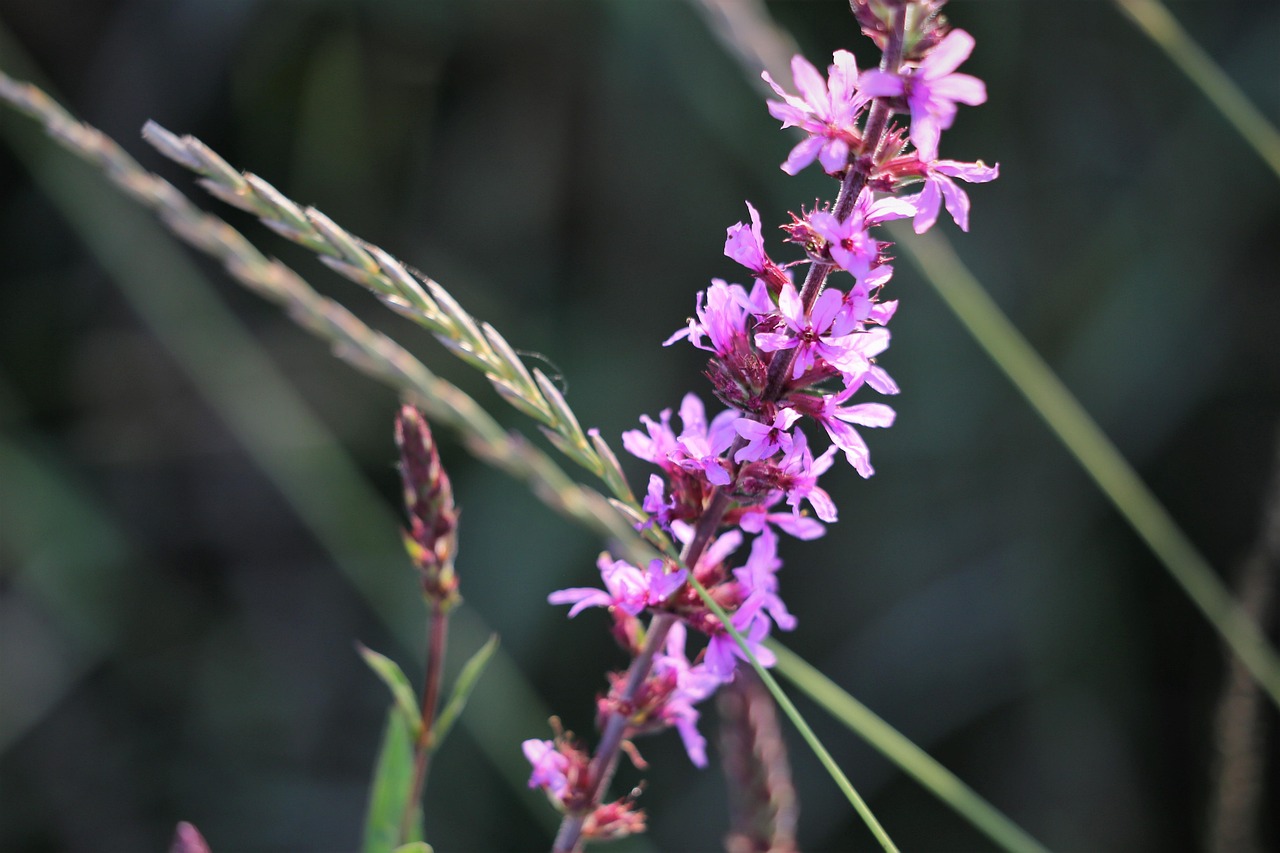Russelia | The Enigmatic Delicate Flower of Mexico

Russelia is an ornamental plant distinguished by its small, graceful flowers and flowing, slender stems.
Because of its ease of cultivation and elegant appearance, I widely use it for decoration in gardens and interiors.
In this article, I will explain in detail the basic information, cultural background, history, and key points for growing Russelia.
Basic Information
- Scientific Name: Russelia equisetiformis
- Family: Plantaginaceae
- Origin: Mexico
- Appearance: Thin and delicate stems bear clusters of small red, pink, and orange flowers. Its cascading form resembles a waterfall or flowing stream, which has earned it the name “fountain plant.” It is suitable for hanging baskets and rock wall decorations, bringing vibrant charm throughout the year.
- Flowering Season: Mainly from spring to autumn, but in warm climates, flowers can be enjoyed all year round.
Cultural Characteristics Around the World

Russelia is widely cultivated in tropical and subtropical regions, especially in Mexico.
Its red flowers, often called “coral flowers,” are believed to symbolize prosperity and happiness, adorning gardens and entrances with brightness.
In Asia, its continuous blooming is cherished as a symbol of “hope” and “perseverance,” making it popular as a gift and in garden decorations.
In Europe, its delicate form is highly valued, particularly for hanging baskets and high-positioned displays.
Historical Episodes
Russelia was introduced to Europe in the 18th century. Its unique appearance and durability earned it recognition as an ornamental plant.
The name “Russelia” honors the Scottish botanist Alexander Russell, who contributed to the introduction of many new plants to Europe through his research in the Middle East.
Later, Russelia spread to warm regions across the globe. During the Victorian era, its cascading beauty was especially favored as an accent in garden design.
Gardening Advice
Russelia is relatively easy to grow, but keeping the following points in mind will ensure healthier growth.
Sunlight
Prefers sunny locations but also blooms in partial shade.
Watering
Likes moderate moisture. Water thoroughly when the soil surface dries, but avoid overwatering. Use well-drained pots for container planting.
Soil
Light, well-drained soil is ideal. Mixing perlite or sand into commercial potting soil gives good results.
Fertilizer
Apply liquid fertilizer once or twice a month during the growing season. Follow the recommended dilution to avoid over-fertilization.
Pruning
Regularly trim old flowers and stems to encourage new growth and enhance ornamental value.
Cold Tolerance
Sensitive to cold. Bring indoors in winter or protect against frost in colder regions.
Conclusion
Russelia, with its delicate flowers and flowing stems, beautifully enhances both gardens and interiors.
Because it is easy to care for, it is also suitable for beginners. I encourage you to bring Russelia into your life and enjoy its charm.




